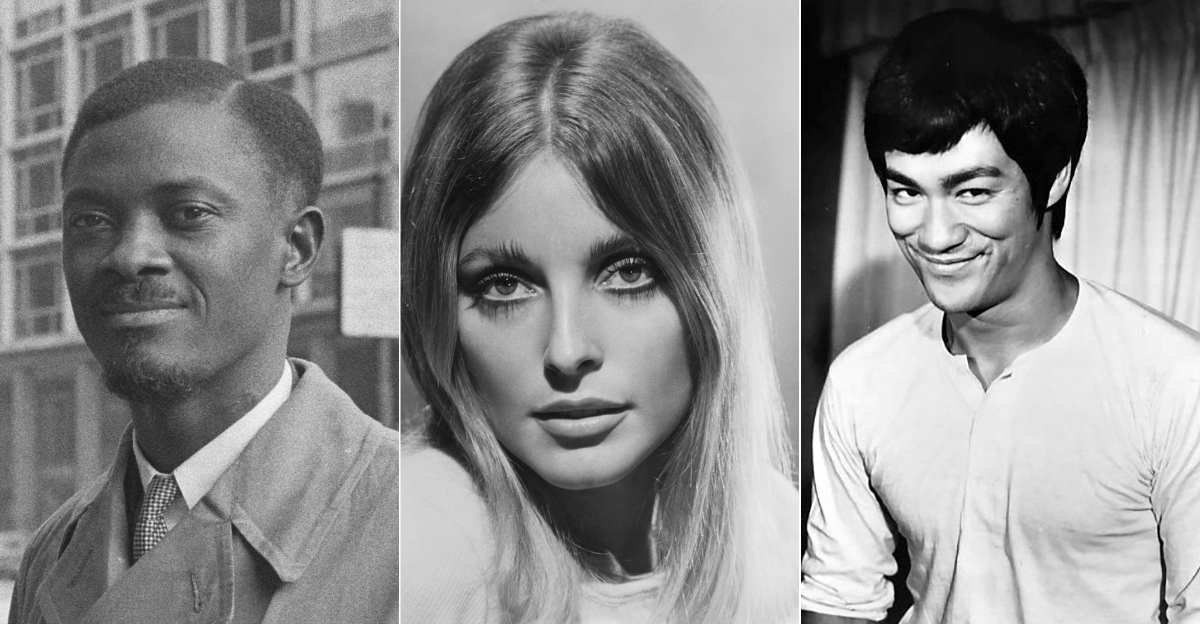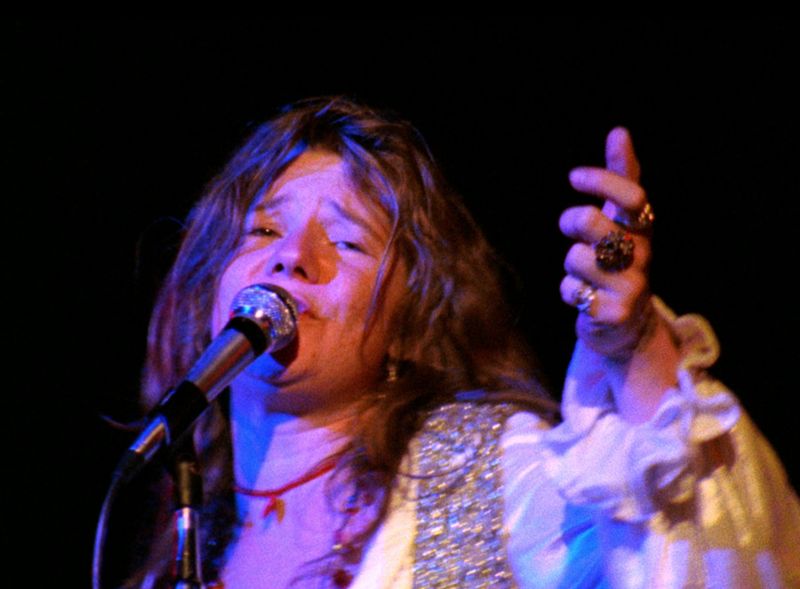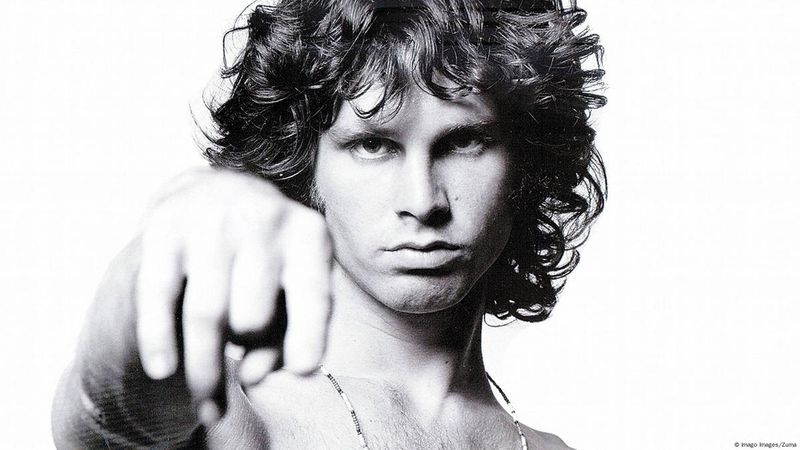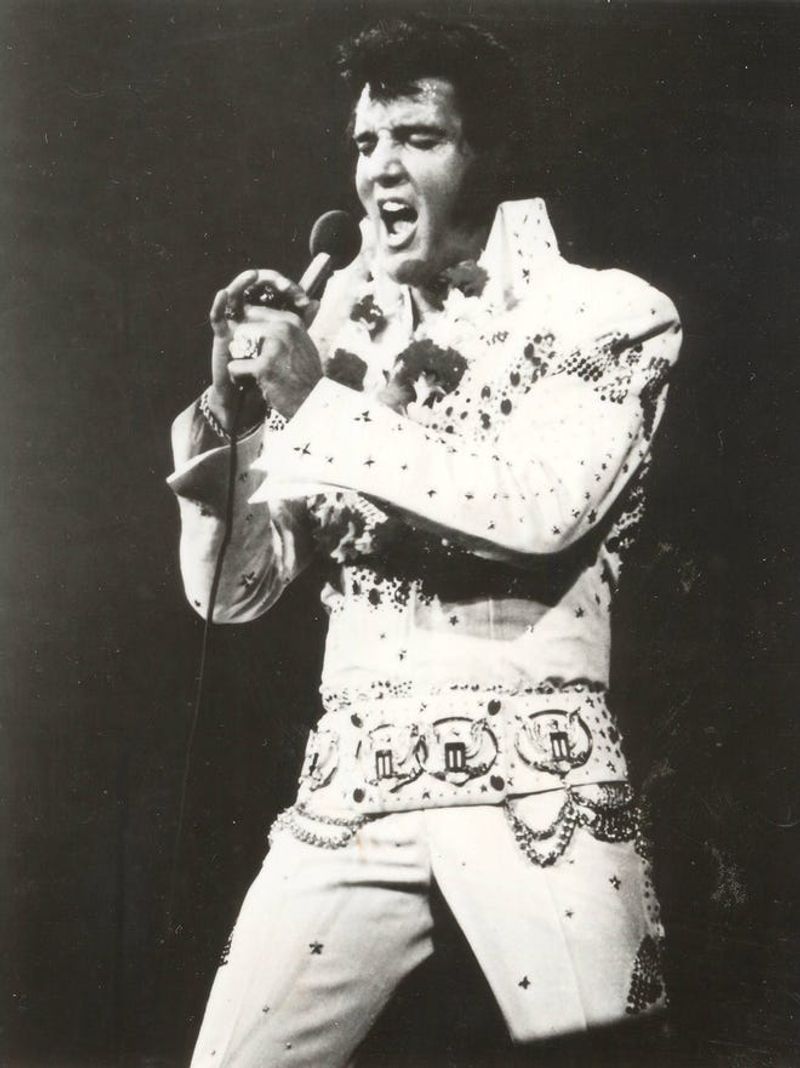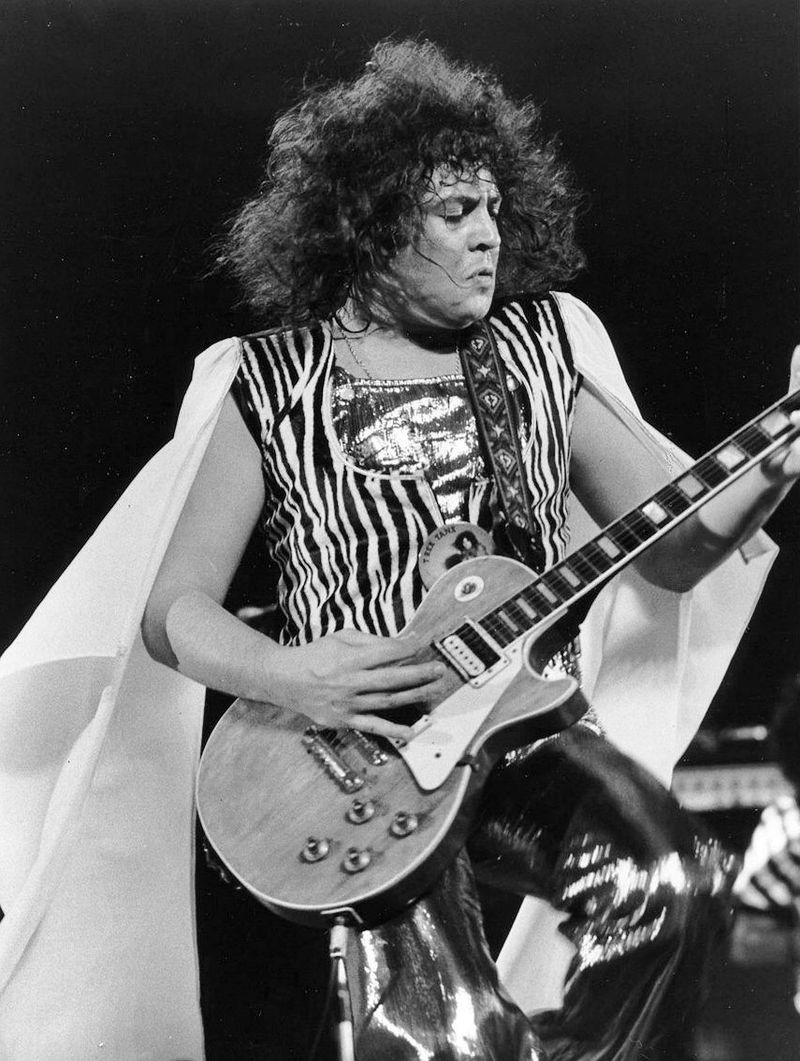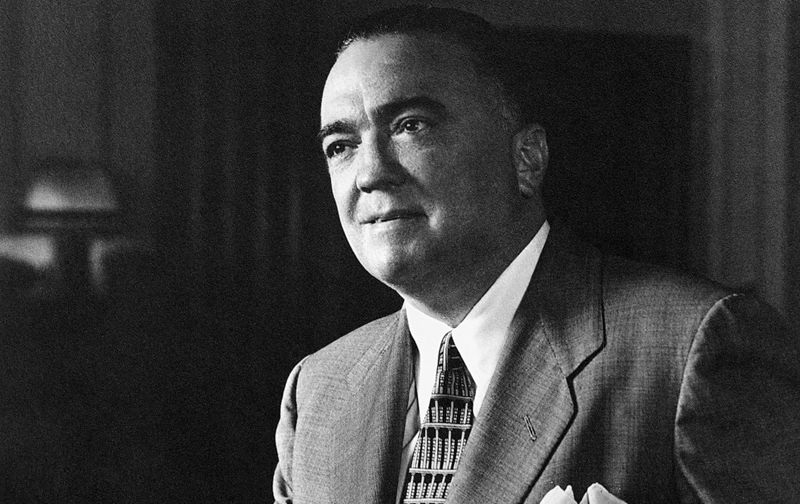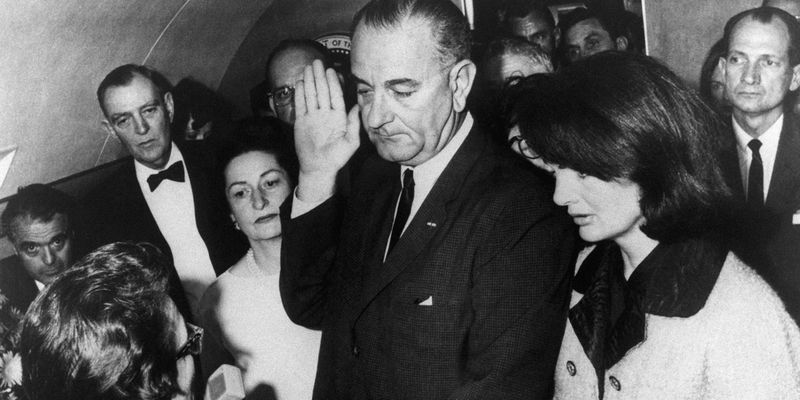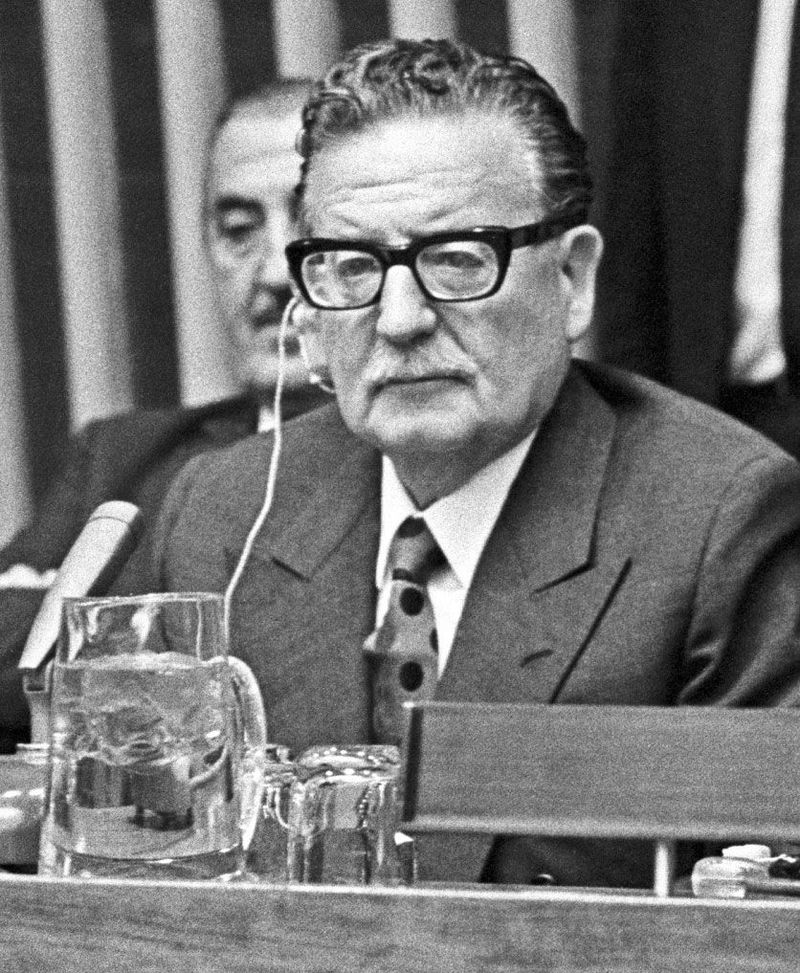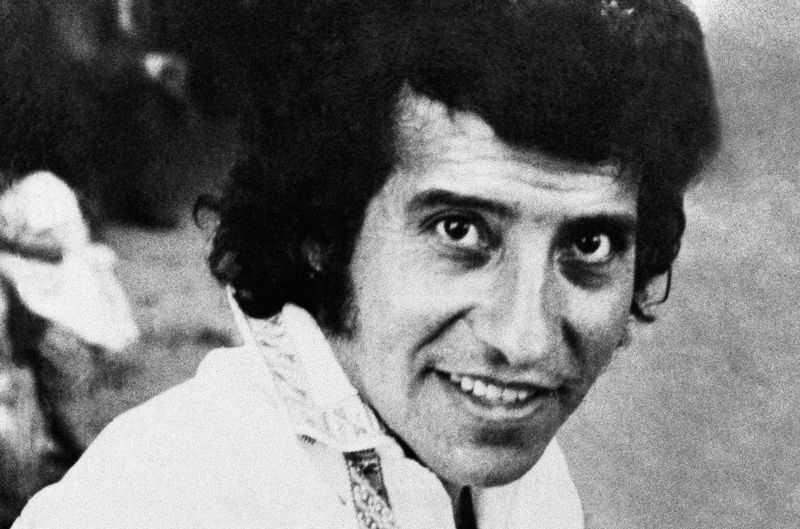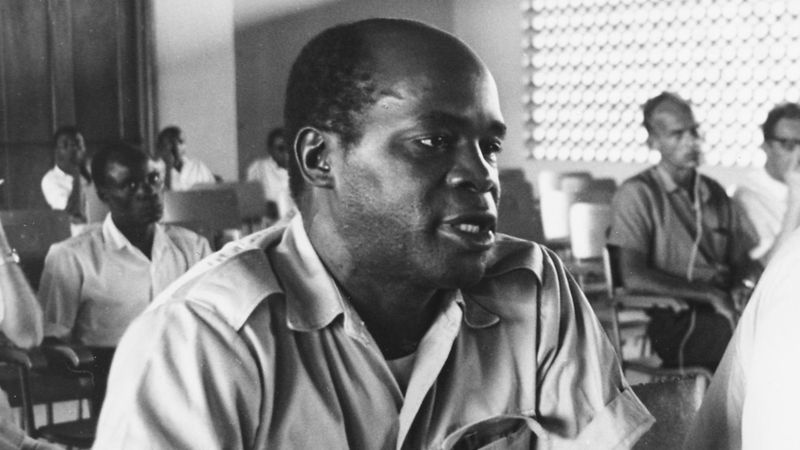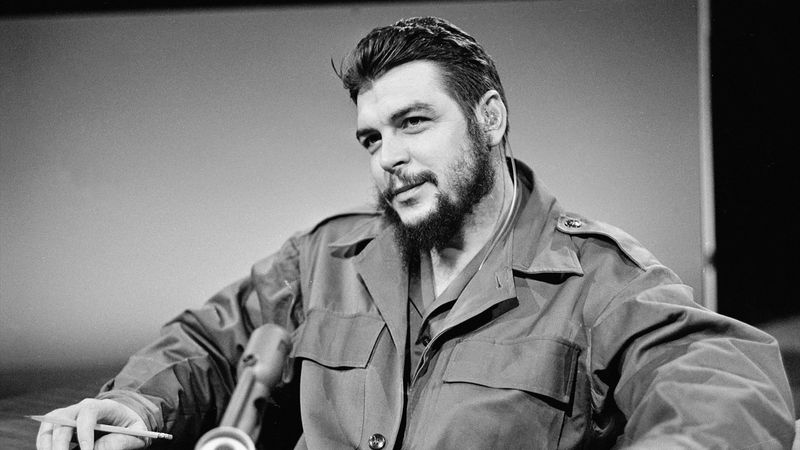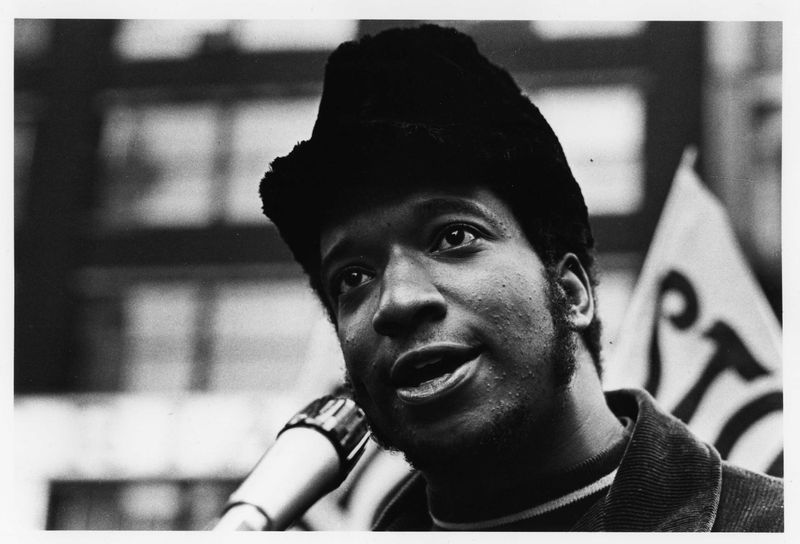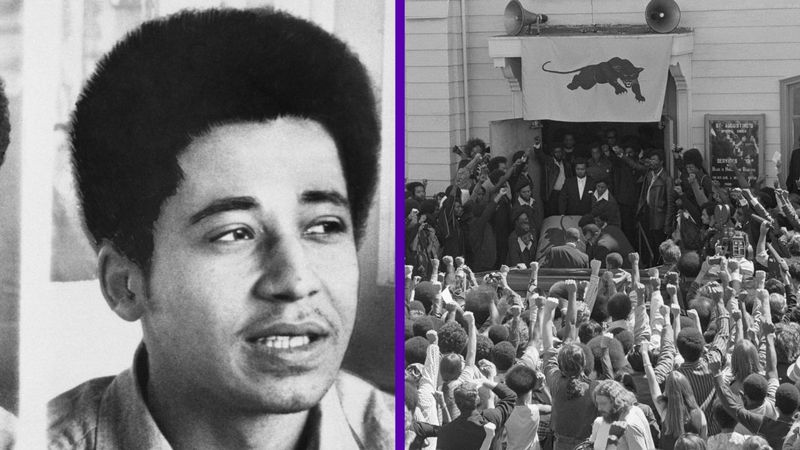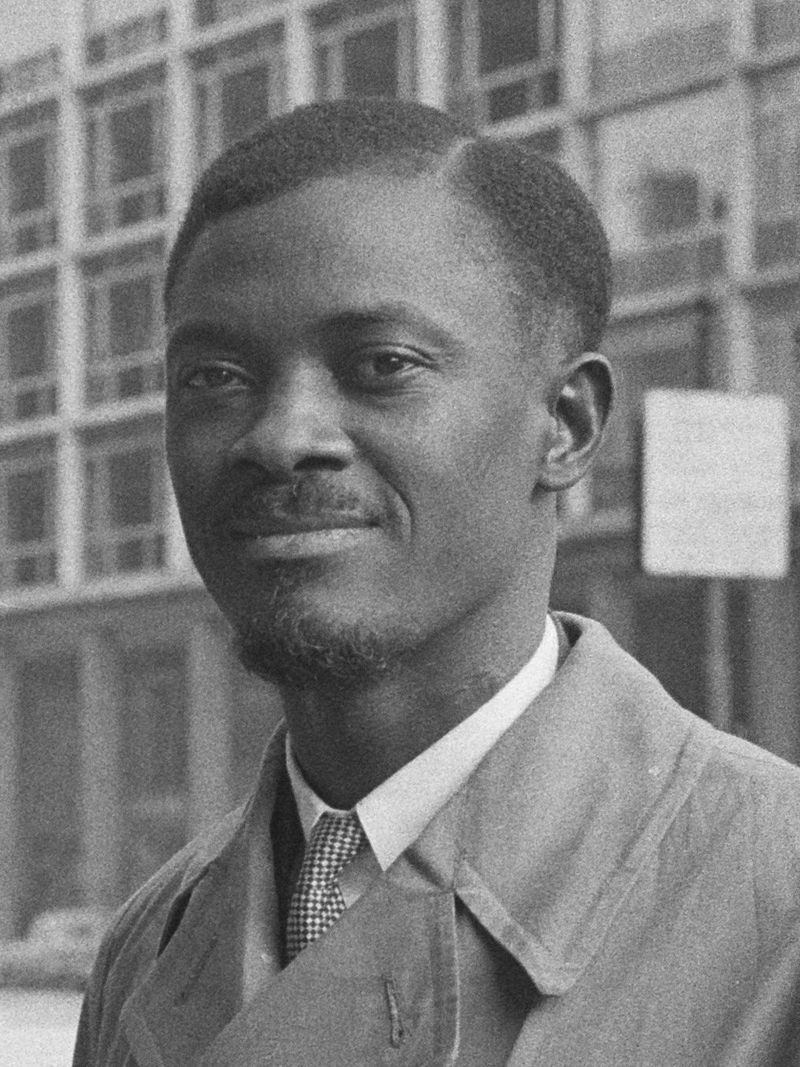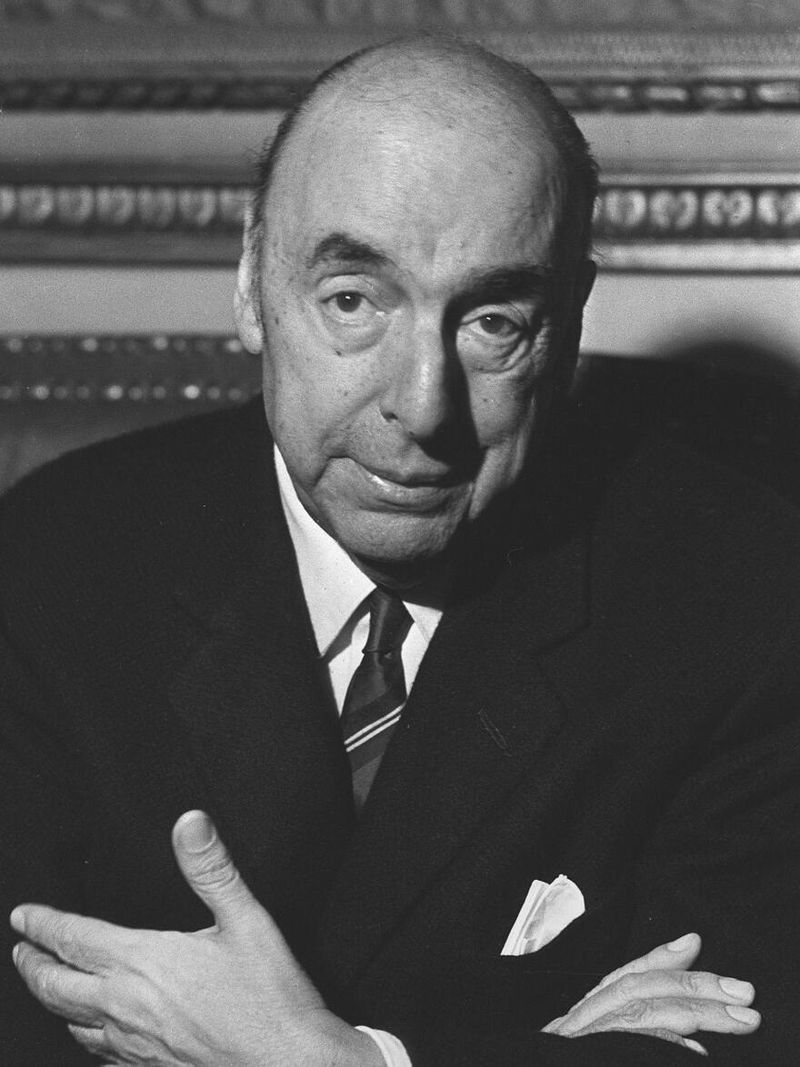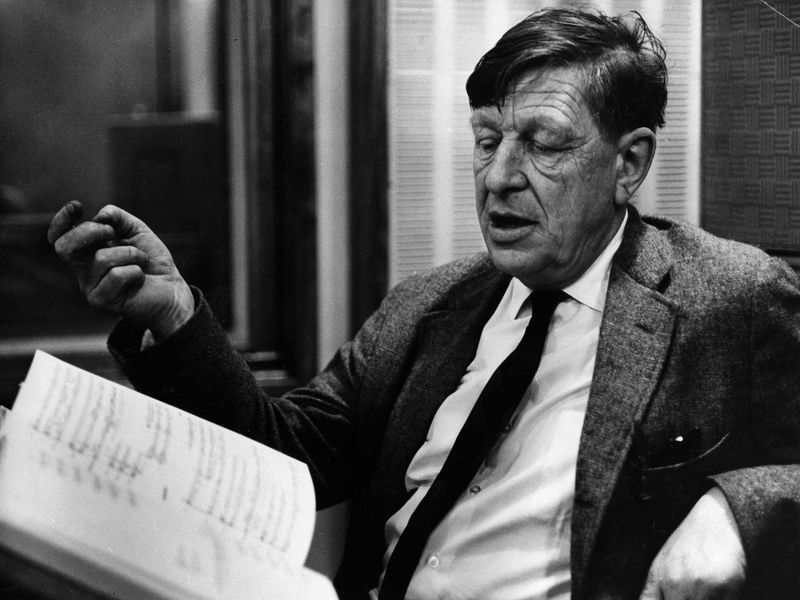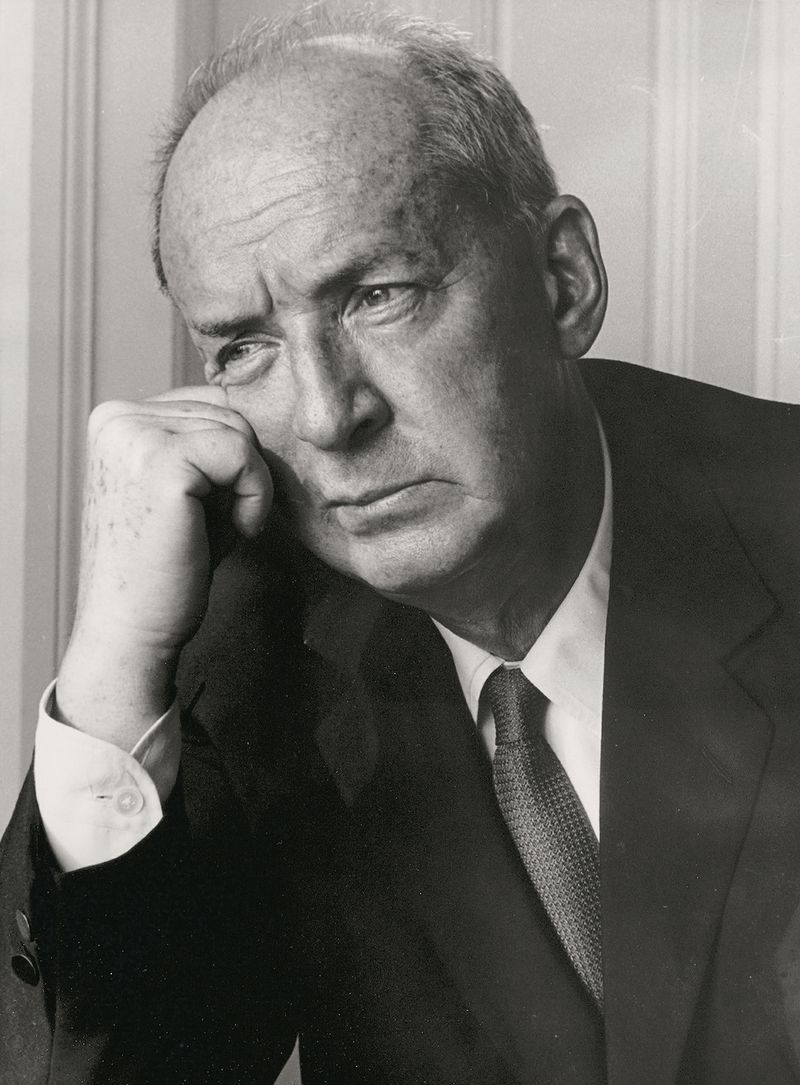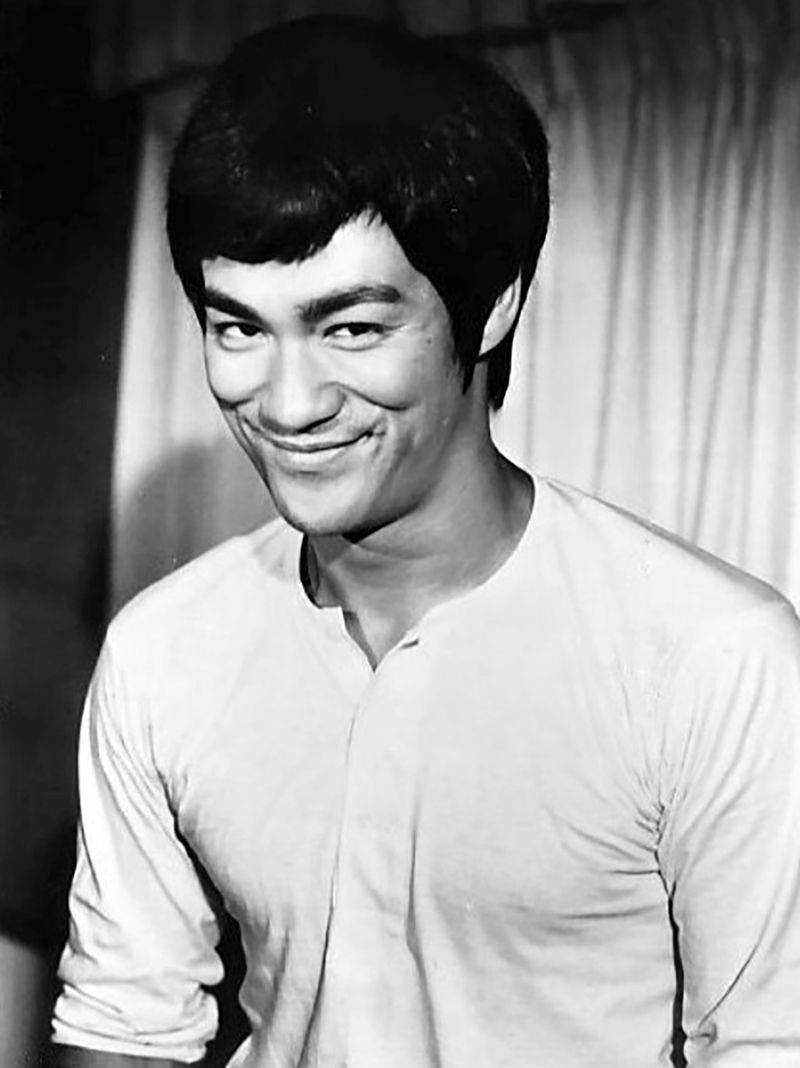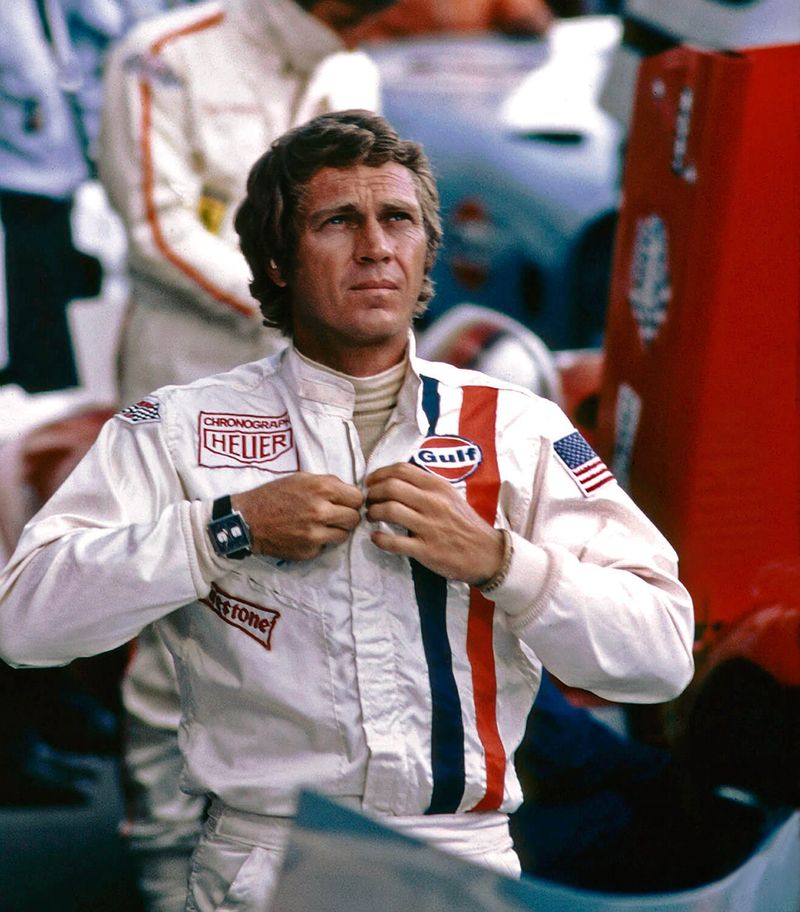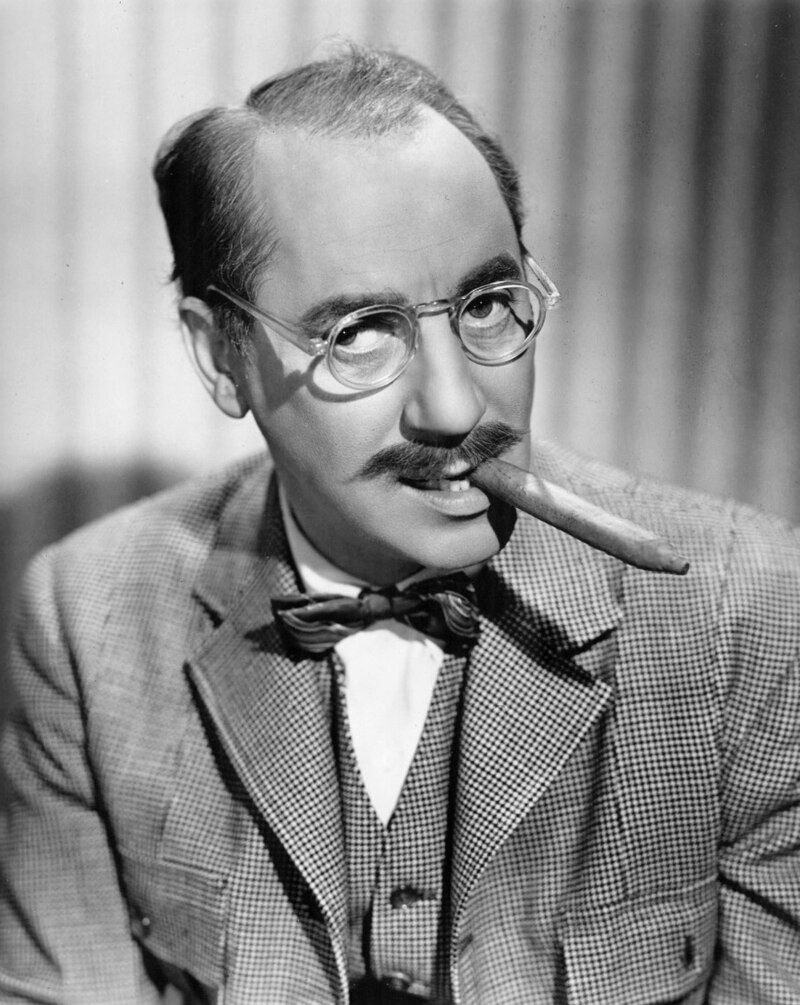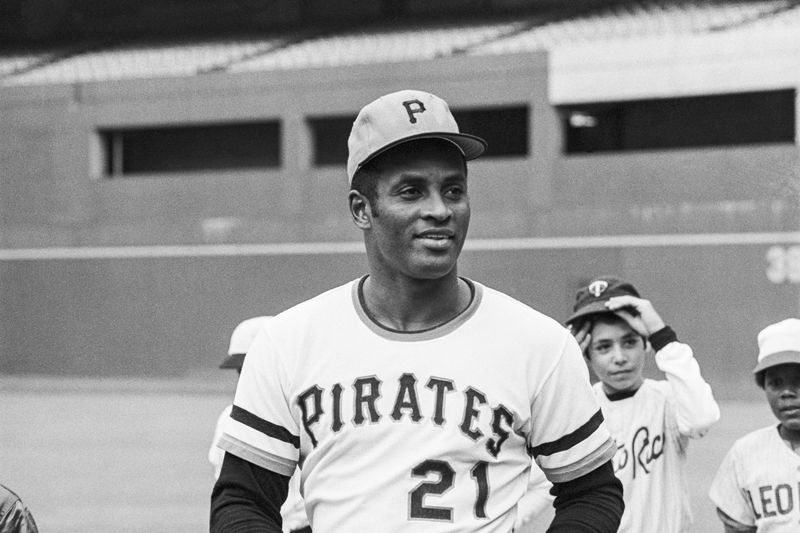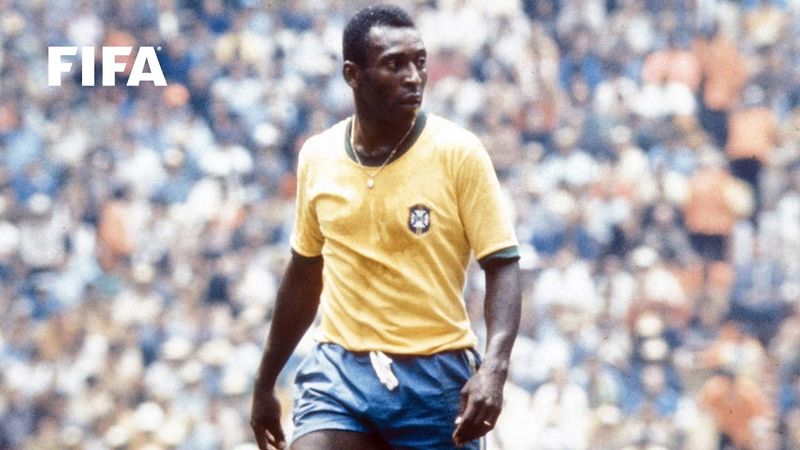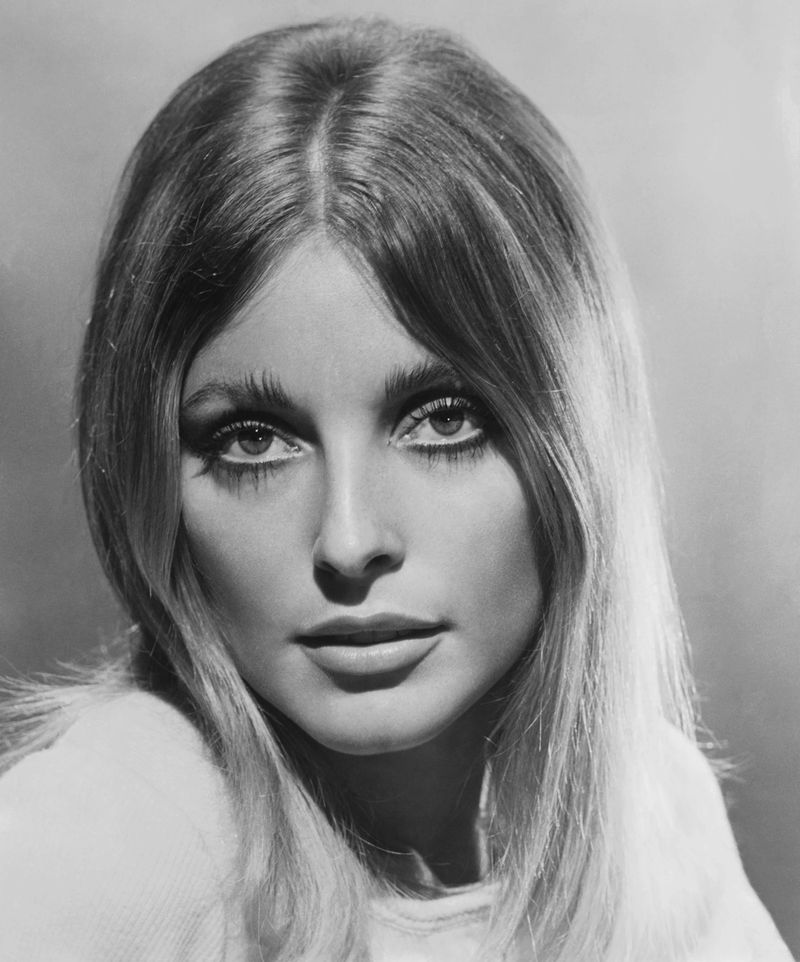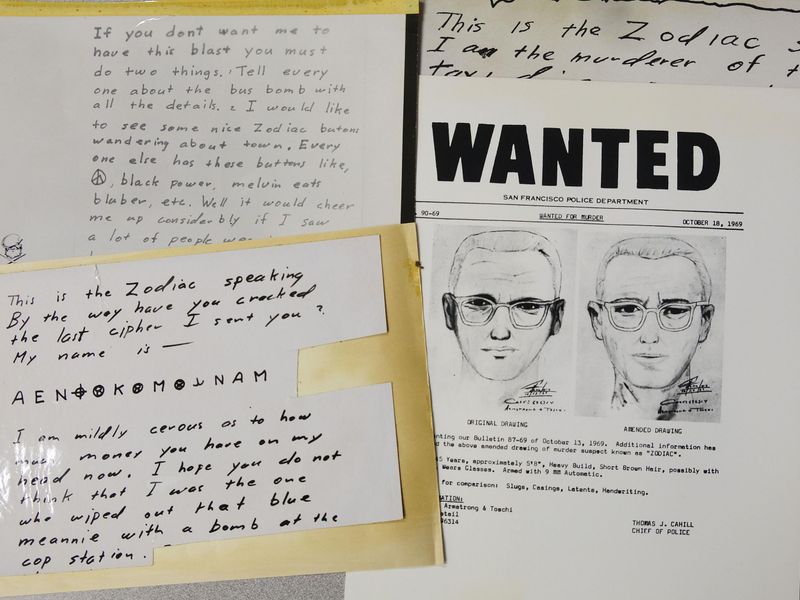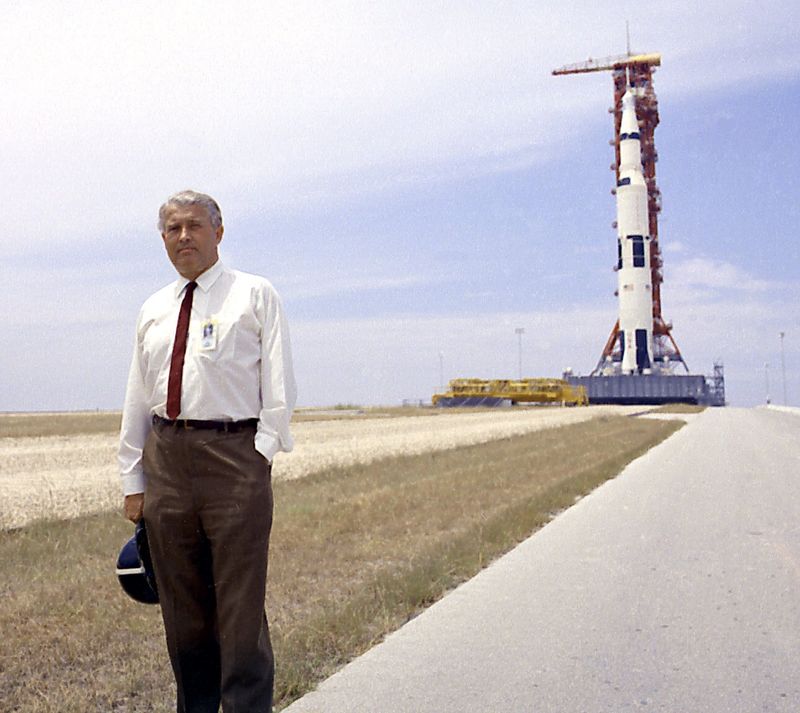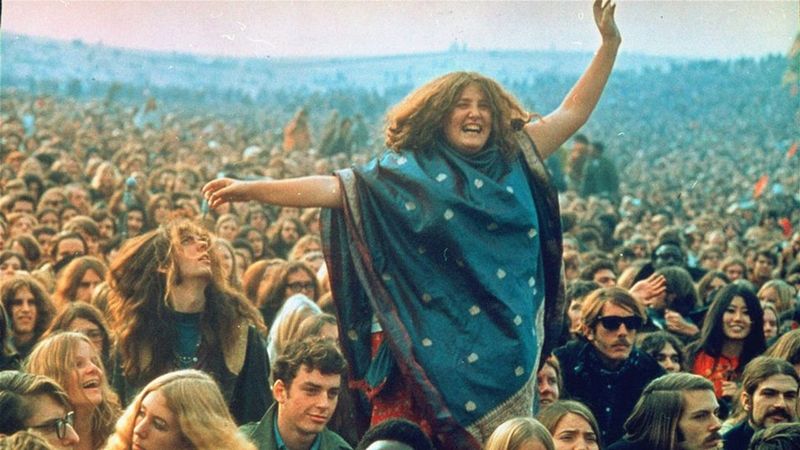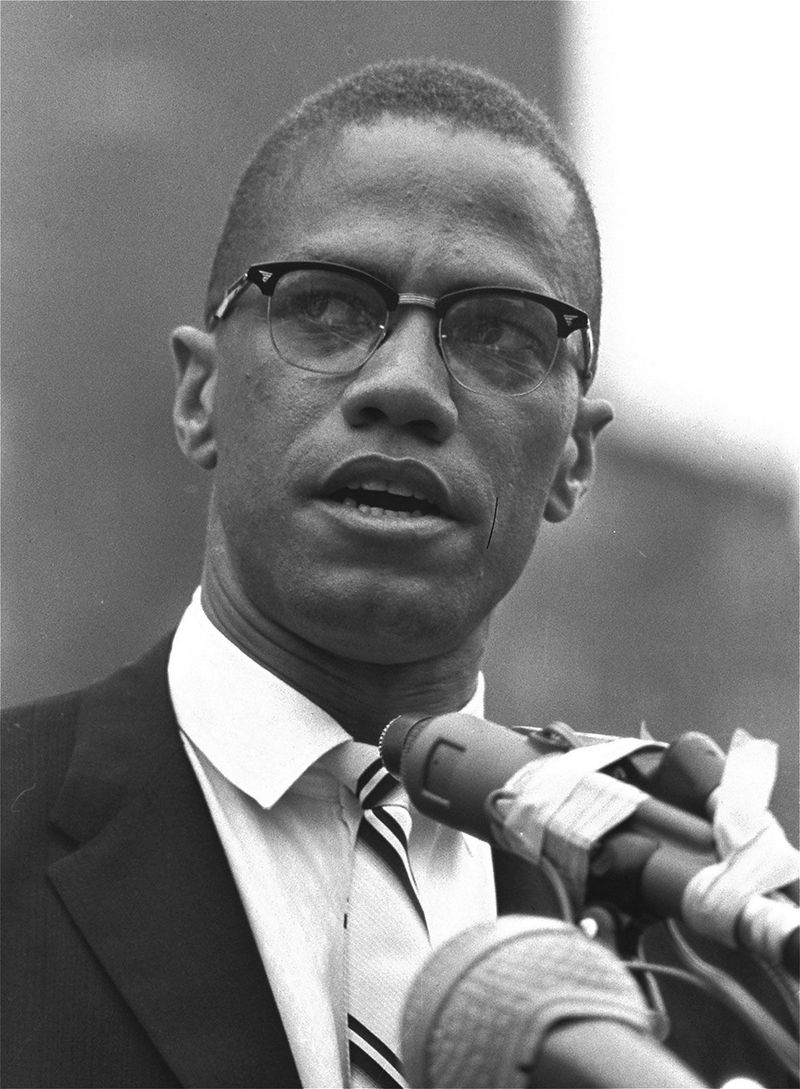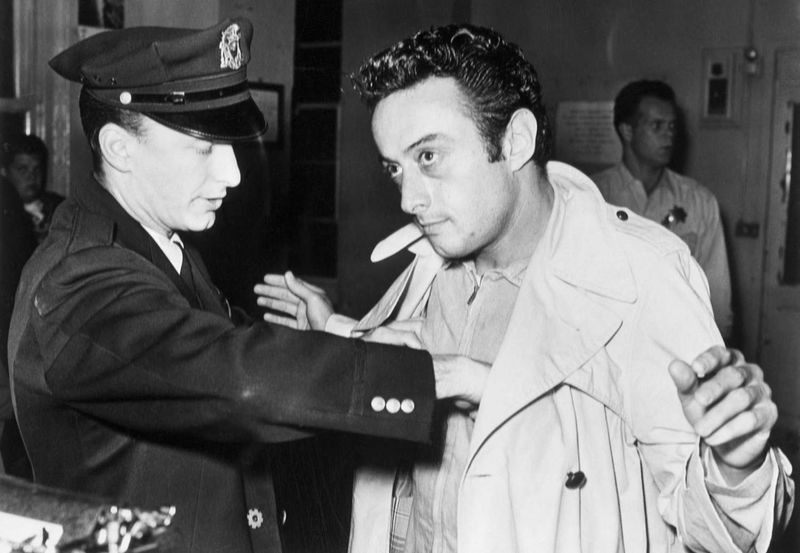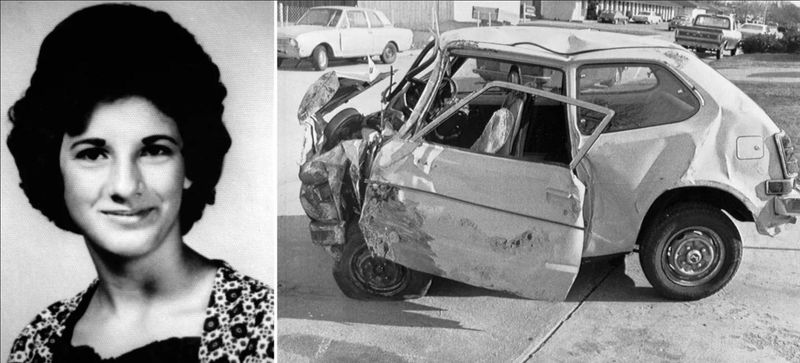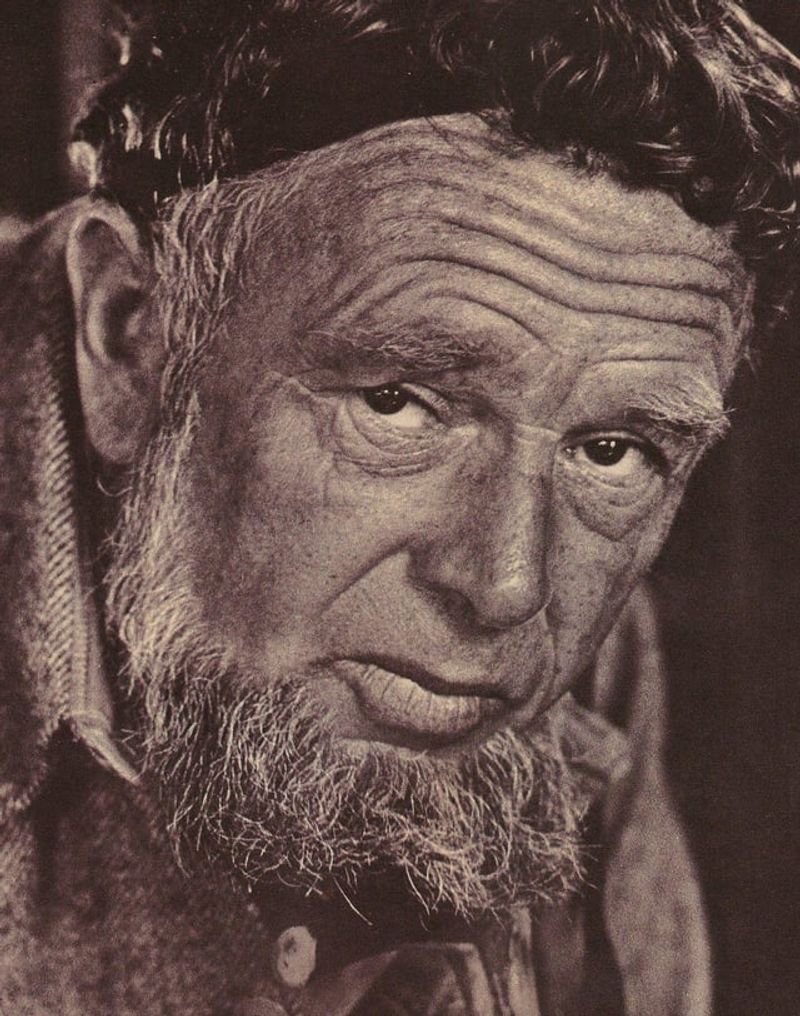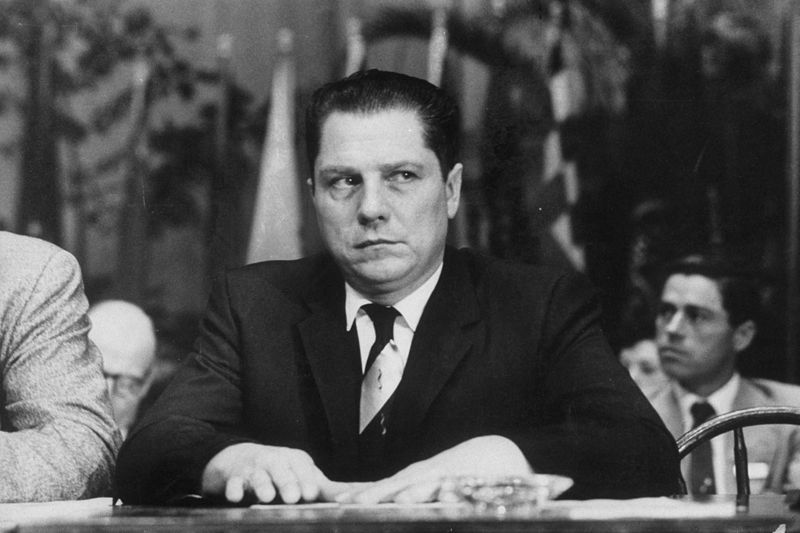The 1970s were a pivotal decade marked by the loss of numerous influential figures whose legacies continue to resonate in 2025. From iconic musicians to political leaders, their deaths have left indelible marks on culture, politics, and society. Here’s a look at 31 famous deaths from that era that still impact us today, each with its own unique story and enduring influence.
1. Jimi Hendrix (1970) – His experimental guitar work reshaped rock forever.
Jimi Hendrix was a revolutionary guitarist whose electrifying performances redefined rock music. Known for his experimental techniques, Hendrix pushed the boundaries of guitar playing, creating sounds that were unheard of at the time. His untimely death at 27 cemented his status as a legend.
Even decades later, his innovative style influences countless musicians, and his recordings continue to inspire. From his performance at Woodstock to his iconic rendition of “The Star-Spangled Banner,” Hendrix’s impact on the music world is immeasurable. His legacy lives on as a symbol of creativity and rebellion.
Did you know? Hendrix was also a fashion icon, known for his bold and colorful attire that matched his vibrant music style.
2. Janis Joplin (1970) – A symbol of raw, unfiltered artistry in music.
Janis Joplin’s voice was as raw and powerful as her presence on stage. Known for her emotional intensity, Joplin’s performances were nothing short of electrifying. Her raspy, soulful voice captured the spirit of the 1960s counterculture movement. Tragically, her life was cut short at the age of 27.
Despite her brief career, Joplin’s influence on music remains profound. Her passionate renditions of songs like “Piece of My Heart” continue to resonate with audiences today. A pioneer for female rock stars, she paved the way for future generations of women in music.
Fun fact: Joplin was known for her love of southern comfort and often referenced it in her songs.
3. Jim Morrison (1971) – Cemented the myth of the “27 Club” and rock’s self-destructive edge.
Jim Morrison, the enigmatic frontman of The Doors, was a symbol of rock’s wild and self-destructive nature. Known for his poetic lyrics and charismatic stage presence, Morrison’s work explored themes of existentialism and rebellion. His death at 27 solidified the eerie myth of the “27 Club.”
Morrison’s influence extends beyond music, affecting literature, film, and popular culture. His lyrics are studied for their depth and insight, and his persona remains a subject of fascination. The Doors’ music continues to be celebrated for its innovation and impact on rock history.
Interesting tidbit: Morrison was also an aspiring filmmaker and poet, leaving behind a collection of writings and films.
4. Elvis Presley (1977) – The King’s death turned Graceland into a pilgrimage site, birthing modern celebrity worship.
Elvis Presley, known as the “King of Rock ‘n’ Roll,” left an indelible mark on music and culture. His charismatic performances and groundbreaking music revolutionized the entertainment industry. Presley’s unexpected death at the age of 42 transformed Graceland into a pilgrimage site for fans.
His legacy continues to influence artists across genres, and his style set the standard for celebrity image and persona. Presley is remembered not only for his music but also for his impact on popular culture, setting the stage for modern celebrity worship.
Fun fact: Elvis had a black belt in karate, which he often incorporated into his stage performances.
5. Marc Bolan (T. Rex) (1977) – Glam rock’s pioneer, still influencing fashion and music.
Marc Bolan, the charismatic leader of T. Rex, was a pioneer of glam rock. Known for his flamboyant style and catchy tunes, Bolan’s music resonated with a generation seeking escape and glamour. His tragic death at 29 did not diminish his influence on music and fashion.
Bolan’s work continues to inspire artists and designers, and his songs are celebrated for their catchy melodies and unique sound. Glam rock’s legacy endures, thanks to Bolan’s visionary contributions to the genre.
Did you know? Marc Bolan had a fascination with cars, despite not being able to drive, and often featured them in his songs.
6. J. Edgar Hoover (1972) – His FBI legacy still sparks debates on surveillance and abuse of power.
J. Edgar Hoover, the first Director of the FBI, was a controversial figure whose impact on law enforcement remains significant. Known for his staunch anti-communism and aggressive surveillance tactics, Hoover’s methods still spark debates about privacy and power abuse.
During his tenure, he transformed the FBI into a powerful organization, but his legacy is marred by allegations of misconduct and civil rights violations. Hoover’s influence on American intelligence and law enforcement practices continues to be studied and scrutinized.
Interesting fact: Hoover was instrumental in establishing the FBI’s fingerprint identification system, a revolutionary tool for law enforcement.
7. Lyndon B. Johnson (1973) – The Great Society’s architect left a lasting (but contested) welfare state.
Lyndon B. Johnson, the 36th President of the United States, was a pivotal figure in American politics. Known for his ambitious “Great Society” programs, Johnson aimed to eliminate poverty and racial injustice. His legacy is both celebrated and contested.
While his initiatives led to significant social reforms, they also sparked debates about government intervention and welfare. Johnson’s political acumen and dedication to civil rights left a lasting impact on the country’s social landscape.
Did you know? Johnson was sworn into office on Air Force One, following the assassination of John F. Kennedy.
8. Salvador Allende (1973) – His CIA-backed overthrow set a dark Cold War precedent in Latin America.
Salvador Allende, the first Marxist president elected in a Latin American democracy, faced a tumultuous presidency. Known for his socialist policies, Allende’s leadership was marked by economic challenges and political strife. His CIA-backed overthrow in 1973 set a troubling Cold War precedent.
Allende’s death during the coup became a symbol of resistance against foreign intervention and authoritarianism. His legacy continues to inspire movements advocating for democracy and social justice in Latin America.
Fun fact: Allende was a trained physician before turning to politics, and he remained committed to public health throughout his career.
9. Victor Jara (1973) – Murdered by Pinochet’s regime, he remains a global symbol of artist-activists.
Victor Jara, a Chilean folk singer and activist, used his music to advocate for social change. Known for his poignant lyrics and passionate performances, Jara became a symbol of resistance against oppression. Tragically, he was murdered by Pinochet’s regime in 1973.
Jara’s legacy as an artist-activist endures, inspiring musicians and activists worldwide. His songs continue to be revered for their ability to convey messages of hope and resilience in the face of adversity.
Interesting tidbit: Jara started his career as a theater director before fully dedicating himself to music and activism.
10. Eduardo Mondlane (1969, but impact felt in ’70s) – His assassination shaped Mozambique’s fight for independence.
Eduardo Mondlane, a prominent leader in Mozambique’s fight for independence, was instrumental in shaping the country’s liberation movement. Known for his diplomatic skills and vision, Mondlane’s leadership united diverse factions against colonial rule. His assassination in 1969 sent shockwaves through the movement.
Mondlane’s legacy continued to influence Mozambique’s struggle for independence throughout the 1970s. His dedication to justice and equality remains a guiding light for future generations.
Did you know? Mondlane was a scholar who studied in the United States, where he laid the groundwork for his activism.
11. Che Guevara (1967, but martyrdom grew in the ’70s) – His image became the ultimate revolutionary brand.
Che Guevara, an Argentine Marxist revolutionary, became the face of rebellion against imperialism. Known for his role in the Cuban Revolution, Guevara’s image as a martyr grew in the 1970s, symbolizing resistance and idealism.
His writings on guerrilla warfare and anti-imperialism continue to inspire activists worldwide. Guevara’s legacy as a revolutionary icon endures, with his likeness emblazoned on countless T-shirts and posters.
Fun fact: Guevara was a trained physician, and his experiences traveling through Latin America shaped his revolutionary ideology.
12. Fred Hampton (1971) – The Black Panther’s killing by the FBI exposed COINTELPRO’s brutality.
Fred Hampton, a charismatic leader of the Black Panther Party, was a symbol of empowerment and resistance. Known for his ability to unite diverse communities, Hampton’s activism focused on social justice and equality. His assassination by the FBI in 1971 exposed the brutality of COINTELPRO.
Hampton’s legacy continues to inspire movements against systemic oppression and racial injustice. His vision for community empowerment and solidarity resonates with activists today.
Did you know? Hampton was also a skilled orator, known for his powerful speeches that rallied communities in Chicago and beyond.
13. George Jackson (1971) – His prison writings inspired radical movements worldwide.
George Jackson, a radical activist and author, became a symbol of resistance against the prison-industrial complex. Known for his eloquent writings, Jackson’s work inspired radical movements worldwide. His prison letters, compiled in “Soledad Brother,” resonated with those fighting for justice and equality.
Jackson’s death during a prison uprising in 1971 further fueled the fight against systemic oppression. His legacy as a revolutionary thinker and advocate for prisoners’ rights endures.
Interesting fact: Jackson was a member of the Black Panther Party, and his writings continue to be studied for their insight and power.
14. Lumumba (1961, but his legacy resurged in the ’70s) – A symbol of anti-colonial resistance in Africa.
Patrice Lumumba, the first Prime Minister of the Democratic Republic of the Congo, became a symbol of anti-colonial resistance. Known for his unwavering commitment to independence, Lumumba’s leadership inspired a generation of African leaders. His assassination in 1961 left a void, but his legacy resurged in the 1970s.
Lumumba’s vision for a free and unified Africa continues to resonate, inspiring movements against colonialism and imperialism. His impact on African politics and identity remains profound.
Fun fact: Lumumba was a talented orator, whose speeches are still celebrated for their passion and eloquence.
15. Pablo Neruda (1973) – Died post-coup in Chile; his poetry still fuels resistance.
Pablo Neruda, a Nobel Prize-winning poet, was known for his evocative and passionate verse. His writings, rich with themes of love and social justice, continue to inspire readers worldwide. Neruda’s death shortly after the Chilean coup in 1973 added a layer of poignancy to his legacy.
Neruda’s poetry remains a tool for resistance and reflection, resonating with those who seek change and justice. His influence extends beyond literature, impacting cultural and political spheres.
Did you know? Neruda was also a diplomat and politician, serving as a senator and ambassador during his illustrious career.
16. W.H. Auden (1973) – His works on modernity and morality remain eerily relevant.
W.H. Auden, a leading poet of the 20th century, crafted works that explored modernity and morality. Known for his intellectual depth and linguistic precision, Auden’s poetry continues to resonate with themes relevant to contemporary society.
His death in 1973 marked the end of an era in literature, but his influence endures as readers and scholars revisit his profound insights into the human condition.
Fun fact: Auden was a prolific writer, composing over 400 poems, numerous essays, and even opera libretti during his career.
17. Vladimir Nabokov (1977) – Lolita continues to provoke debates on art and ethics.
Vladimir Nabokov, a novelist and lepidopterist, was famed for his intricate prose and controversial themes. His novel “Lolita” remains a subject of debate, challenging readers’ perceptions of art and ethics. Nabokov’s imaginative storytelling and stylistic prowess cemented his place in literary history.
Even after his death in 1977, Nabokov’s works continue to be celebrated and critiqued for their complexity and brilliance. His influence on literature extends across genres and generations.
Did you know? Nabokov was also an avid butterfly collector, and his scientific work contributed to the understanding of lepidopterology.
18. Bruce Lee (1973) – His death made martial arts a global phenomenon.
Bruce Lee, a martial artist and actor, revolutionized the portrayal of Asian characters in film. Known for his philosophy and lightning-fast moves, Lee’s death at 32 elevated him to legendary status. His films, such as “Enter the Dragon,” made martial arts a global phenomenon.
Lee’s influence extends beyond cinema, impacting martial arts culture and philosophy. His teachings on self-expression and discipline continue to inspire practitioners and fans worldwide.
Interesting tidbit: Lee developed his own martial art philosophy known as Jeet Kune Do, emphasizing adaptability and efficiency.
19. Steve McQueen (1980, but peak in ’70s) – The “King of Cool” redefined masculinity in cinema.
Steve McQueen, known as the “King of Cool,” was a movie star whose rugged charm redefined masculinity in cinema. Known for his roles in films like “Bullitt” and “The Great Escape,” McQueen’s on-screen presence captivated audiences.
His influence in the 1970s set the standard for action heroes, blending charisma with a rebellious spirit. McQueen’s legacy continues to inspire actors and filmmakers, embodying the ultimate cool persona.
Did you know? McQueen was a racing enthusiast, often performing his own stunts and driving in films.
20. Groucho Marx (1977) – The end of an era in comedy.
Groucho Marx, a comedic genius, was one of the most recognizable figures in entertainment. Known for his quick wit and distinctive appearance, Marx’s humor transcended generations. His death in 1977 marked the end of an era for comedy.
Marx’s influence on comedic timing and style remains evident in modern entertainment. His legacy endures through timeless performances and the laughter he continues to evoke.
Fun fact: Groucho was a master of clever wordplay, often leaving audiences in stitches with his sharp one-liners.
21. Roberto Clemente (1972) – Died delivering aid; became a symbol of athlete activism.
Roberto Clemente, a baseball legend, was known for his incredible athleticism and humanitarian efforts. Tragically, he died in a plane crash while delivering aid to earthquake victims in Nicaragua. Clemente’s legacy as a symbol of athlete activism endures.
His impact on the sport and society is celebrated, inspiring athletes to use their platforms for positive change. Clemente’s dedication to helping others remains a guiding example for future generations.
Did you know? Clemente was the first Latin American player inducted into the National Baseball Hall of Fame.
22. Pelé (still alive, but his ’70s peak shaped soccer’s global rise) – (Bonus: The ’70s made soccer a worldwide obsession.)
Pelé, the Brazilian soccer legend, was a dominant force on the field, captivating fans with his skill and charisma. Known for his incredible goal-scoring ability, Pelé’s influence in the 1970s helped propel soccer to global prominence.
Though still alive, his legacy from this era continues to shape the sport, inspiring players and fans worldwide. Pelé’s impact on soccer transcends borders, making it a truly global obsession.
Fun fact: Pelé is the only player to have won three FIFA World Cup titles, solidifying his status as a soccer icon.
23. Sharon Tate (1969, but Manson’s trial bled into the ’70s) – Helped birth true-crime obsession.
Sharon Tate, a promising actress, became a tragic figure due to her murder by the Manson Family. Her death, along with others, led to a sensational trial that captivated the nation. This notoriety helped birth the modern fascination with true crime.
Tate’s life and death continue to be subjects of intrigue, explored in films, books, and documentaries. Her legacy serves as a cautionary tale and reflects the dark side of fame.
Interesting tidbit: Tate was known for her roles in films like “Valley of the Dolls,” showcasing her potential as a rising star.
24. The Zodiac Killer’s Victims (late ’60s-’70s) – Unsolved mysteries still fascinate.
The Zodiac Killer, an unidentified serial killer, terrorized Northern California in the late 1960s and early 1970s. Known for taunting police with cryptic letters, the Zodiac’s identity remains one of the greatest unsolved mysteries in criminal history.
The murders and the media frenzy surrounding them have left a lasting impact on true crime culture, sparking countless investigations and theories.
Did you know? The Zodiac Killer’s case continues to inspire books, films, and amateur sleuths who seek to uncover the truth.
25. Wernher von Braun (1977) – NASA’s rocket scientist with a Nazi past—still a moral dilemma.
Wernher von Braun, a pioneering rocket scientist, played a crucial role in advancing space exploration. Known for his work with NASA, von Braun’s past as a Nazi scientist remains a moral dilemma.
His contributions to the Apollo program were instrumental in landing humans on the moon, yet his legacy is complex, reflecting the ethical challenges of scientific progress.
Interesting tidbit: Von Braun’s vision extended beyond the moon, as he dreamed of human exploration of Mars and beyond.
26. Altamont Free Concert (1969, but bled into ’70s disillusionment) – The day the ’60s dream died.
The Altamont Free Concert, headlined by the Rolling Stones, was supposed to be a celebration of music and peace. However, the event descended into chaos, marked by violence and tragedy. It became a symbol of the end of the idealistic 1960s, ushering in a more cynical era.
The concert’s impact resonated into the 1970s, serving as a cautionary tale about the darker aspects of counterculture movements.
Did you know? The infamous Hells Angels were hired as security for the event, a decision that proved disastrous.
27. Malcolm X (1965, but his ideology resurged in ’70s Black Power movements)
Malcolm X, a prominent African American leader, was known for his powerful oratory and advocacy for Black empowerment. His assassination in 1965 did not silence his message; instead, it gained momentum in the 1970s through the Black Power movement.
Malcolm’s legacy continues to inspire activists fighting for racial equality and justice. His ideas challenge societal norms and encourage critical thinking about race and identity.
Interesting fact: Malcolm X’s autobiography, co-written by Alex Haley, remains a seminal work on race and resistance.
28. Lenny Bruce (1966, but free-speech battles raged in the ’70s)
Lenny Bruce, a groundbreaking comedian, was known for his provocative and often controversial routines. His battles with censorship and the legal system pioneered the fight for free speech, influencing comedians and activists in the 1970s.
Bruce’s legacy as a champion of free expression endures, inspiring those who push boundaries in art and society.
Fun fact: Bruce’s performances were so influential that they inspired the creation of the iconic play “Lenny,” celebrating his life and work.
29. Karen Silkwood (1974) – Whistleblower’s mysterious death foreshadowed corporate cover-ups.
Karen Silkwood, a chemical technician and whistleblower, was known for her efforts to expose safety violations at a nuclear facility. Her mysterious death in 1974 raised questions about corporate misconduct and cover-ups.
Silkwood’s story highlighted the risks whistleblowers face and inspired greater scrutiny of corporate practices. Her legacy continues to influence debates on environmental safety and workers’ rights.
Did you know? Silkwood’s life was dramatized in the film “Silkwood,” starring Meryl Streep, which brought her story to a wider audience.
30. Sterling Hayden (1986, but his ’70s radical turn was pivotal) – Actor turned anti-establishment icon.
Sterling Hayden, a Hollywood actor, became an icon of anti-establishment ideals in the 1970s. Known for his rugged screen presence, Hayden’s radical political views and maritime adventures set him apart from his peers.
His decision to abandon a successful acting career for a life of seafaring and radical activism influenced others to question traditional paths and societal norms.
Interesting tidbit: Hayden wrote an acclaimed autobiography, “Wanderer,” detailing his journey from Hollywood to the high seas.
31. Jimmy Hoffa (1975?) – The ultimate vanishing act; a symbol of labor corruption.
Jimmy Hoffa, a labor union leader, was known for his leadership of the Teamsters and his ties to organized crime. Hoffa’s mysterious disappearance in 1975 remains one of America’s most intriguing unsolved cases.
His life and vanishing act symbolize the darker side of labor movements and corruption. Hoffa’s legacy endures as a cautionary tale about power and influence.
Did you know? Despite extensive investigations, Hoffa’s whereabouts and fate remain unknown, fueling endless speculation and conspiracy theories.
